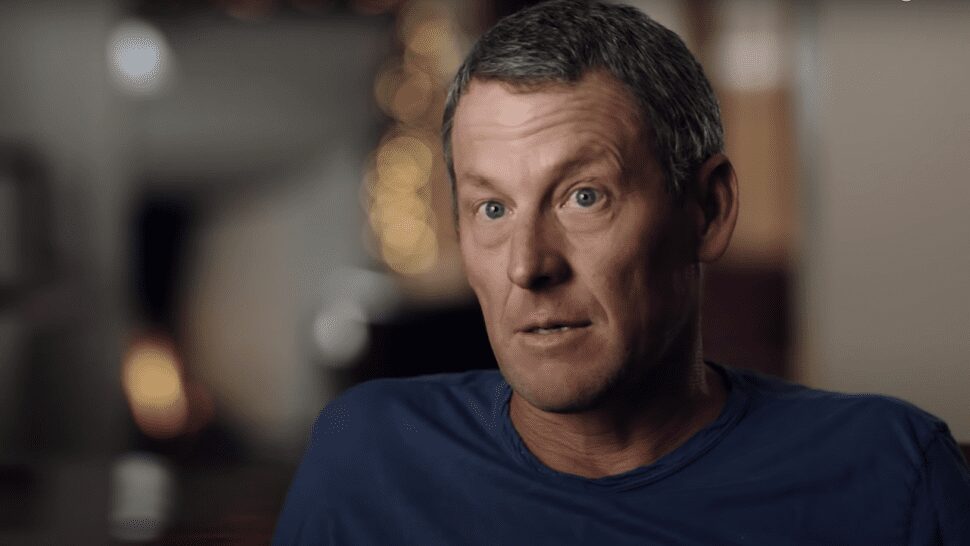In what might be the scariest reality check for fans of clean sport could ever have, former Tour de France cycling champion and triathlete Lance Armstrong says that he wasn’t lying when he used to say he’d never failed a drug test. During an interview with Bill Maher on the Club Random Podcast, Armstrong explained exactly how he managed to make huge performance gains while never worrying about testing positive.
Never failed a drug test
“What I always said…one of the lines was ‘I’ve been tested 500 times and I’ve never failed a drug test,’” Armstrong told Maher during the podcast released earlier this week. “That’s not a lie. That is the truth. There was no way around the test. When I pissed in the cup, and they tested the piss in the cup, it passed,” he said.
“The reality, and the truth of all this, is that some of these substances, primarily the one that is the most beneficial, had a four-hour half life … with EPO (erythropoietin), which the rocket fuel that changed not just our sport, but every endurance sport, you have a four-hour half life. It leaves the body very quickly,” the Texan explained. “With a four-hour half life, you just do the math.”
Armstrong also explained how he remains confident that using EPO wasn’t putting his health at risk, either.
EPO FTW
“The truth is you had a drug that was undetectable, that was wildly beneficial … to performance and recovery – both are important – but primarily to performance,” Armstrong continued. “When it’s time to race, 10 per cent. And, as we were led to believe, which I don’t disagree with, when taken under the care of a doctor, was safe.”
Erythropoietin is a hormone produced by your kidneys to maintain a healthy amount of red blood cells. It is often used to treat advanced kidney disease and with some bone marrow disorders, but has been a popular performance enhancing drug used by athletes because it increases oxygen carrying capacity.
Roots as a triathlete
Before Armstrong became the world’s top cyclist, he had competed as a triathlete. He returned to the sport in 2012, making a short-lived run at the Ironman World Championship. He was barred from competing at Ironman France that year after the US Anti-Doping Agency (USADA) formally charged him.
Click Here to Read the Full Original Article at Canadian Cycling Magazine…

